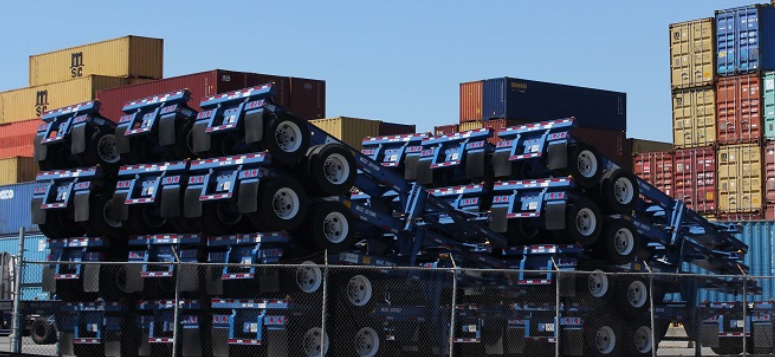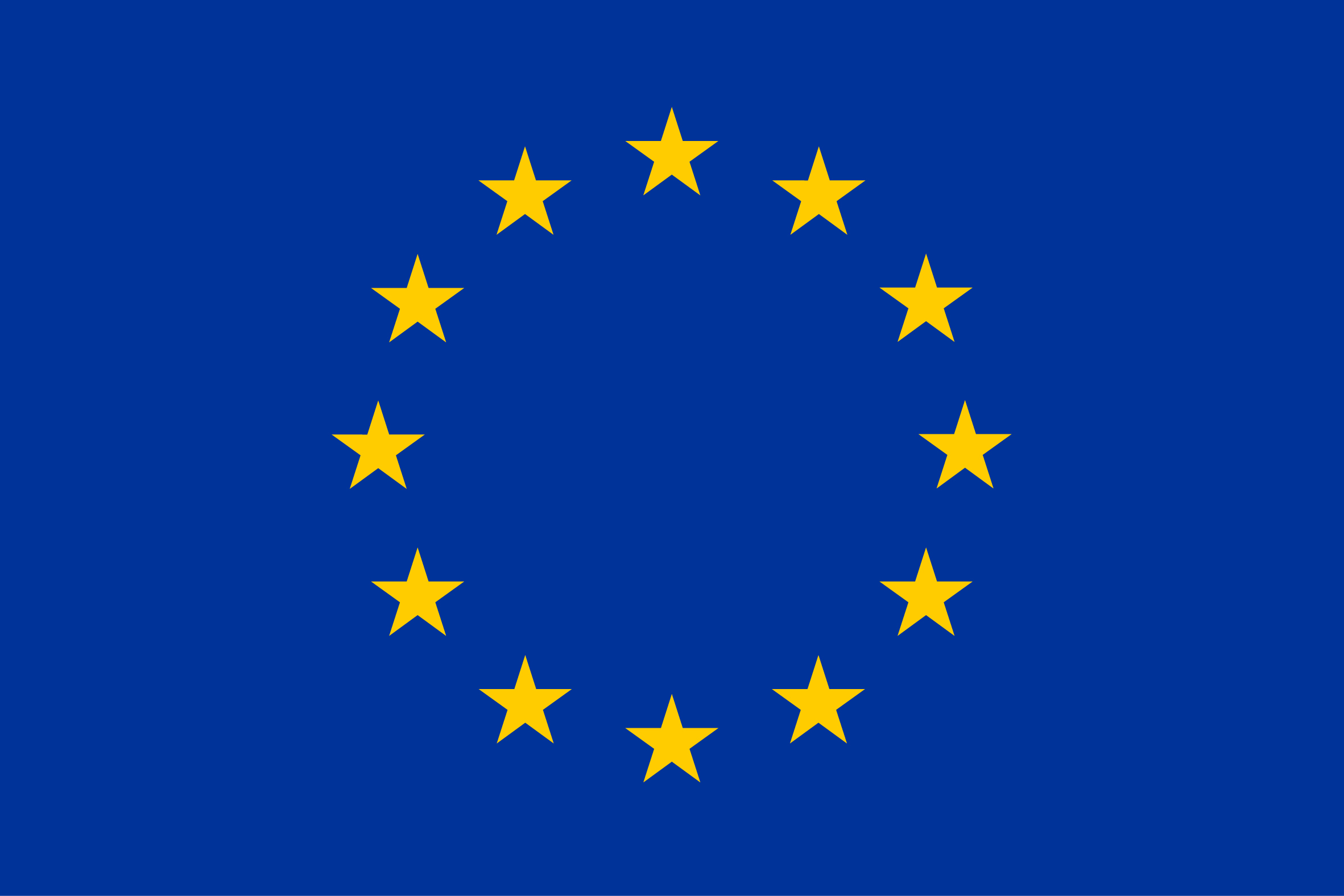Trade Cases

Steel Lobbyists: Section 232 Rule Change Could Lead to Flood of Imports
Written by Michael Cowden
January 5, 2021
U.S. steel producers are worried that a change to the Section 232 exclusion process could gut the Trump administration’s signature trade act.
The focus of concern: The Commerce Department’s potential adoption of “General Approved Exclusions” (GAEs) into the Section 232 exemption process.
“If permitted to stand, the GAEs will effectively eliminate Section 232 tariffs on a large number of steel products that the domestic industry is capable of producing,” a group of lobbying interests representing domestic steel producers wrote in Jan. 4 letter to Commerce Secretary Wilbur Ross.
The group included the American Iron and Steel Institute (AISI), the Steel Manufacturers Association (SMA), the Specialty Steel Industry of North America (SSINA), and the Committee on Pipe and Tube Imports (CPTI).![]() Collectively, they want the Commerce Department to remove or revise a list of products potentially subject to blanket exclusions and instead make sure that exemptions to Section 232 are granted only for individual items domestic steelmakers are unable to produce.
Collectively, they want the Commerce Department to remove or revise a list of products potentially subject to blanket exclusions and instead make sure that exemptions to Section 232 are granted only for individual items domestic steelmakers are unable to produce.
If the GAE regulations, which could permit blanket exclusions, remain in place, “the end result will likely be a sharp increase in steel imports entering our market tariff free,” the group said.
The Commerce Department did not respond to a request for comment for this article.
Under Section 232, implemented by the Trump administration in 2018, steel imported from most countries is subject to a 25% tariff.
The problem as the domestic mills see it: Commerce has identified 108 product codes under the Harmonized Tariff Schedule (HTS) that could be imported into the U.S. free of Section 232 tariffs. Among that list are hot-rolled sheet and strip, cold-rolled sheet and strip, as well as coated flat-rolled steel. Certain steel tubing and steel bar products could also be excluded, the group said.
The idea of the GAEs is to provide expedited exemptions for products in cases in which the domestic industry has not objected to exclusion requests made by consumers. But steelmakers worry that the large number of Section 232 exclusion requests means they have not had the bandwidth to review each one.
“The fact that the domestic steel industry has not previously objected to a product exclusion request does not justify an indefinite blanket exclusion,” the trade associations said in their letter.
Another problem with the potential adoption of GAE: An exclusion request that had been granted for a small amount of a proprietary grade could result in an entire HTS category being freed from Section 232 tariffs, the group said.
Case in point: through March 2020 four exclusion requests totalling 2,000 metric tons had been granted for certain hot-rolled high-strength flat-rolled steel items. If the entire HTS code encompassing those products had been exempted, the group claims 324,763 tons of steel could have entered the U.S. tariff free.
“Section 232 has enabled the domestic steel industry to make real progress in shoring up the U.S. steel supply chain,” the group said. “Adoption of the GAEs, however, will severely undermine the effectiveness of the Section 232 program.”
By Michael Cowden, michael@steelmarketupdate.com

Michael Cowden
Read more from Michael CowdenLatest in Trade Cases

Price on Trade: Auto tariffs, auto parts, and Hyundai – a world of rapid changes
Trump's new auto tariffs will apply to passenger vehicles (including sedans, sport utility vehicles, crossover utility vehicles, minivans, and cargo vans), light trucks, and certain automobile parts (including engines and engine parts, transmissions and powertrain parts, and electrical components).

CRU: Canacero urges Mexico-US partnership to fend off Asian steel imports
Victor Cairo, head of Mexico’s steel sector body Canacero and CEO of ArcelorMittal Mexico, says he is confident negotiations between the Mexican and US governments planned for April 2 will lead to the creation of a regional block to substitute imports, especially from Asia.

US chassis makers seek duties on imports from Mexico, Thailand, and Vietnam
Upon the request of US chassis manufacturers, the Commerce Department this week initiated investigations into the alleged dumping and subsidization of chassis imported from Mexico, Thailand, and Vietnam.

European Commission eyes stricter limit on tariff-free steel imports
The European Commmission is reducing the amount of tariff-free foreign steel that can enter the EU.

Trump says exceptions could exist on reciprocal tariffs
President Trump said on Monday there may be exceptions for some countries on reciprocal tariffs.
